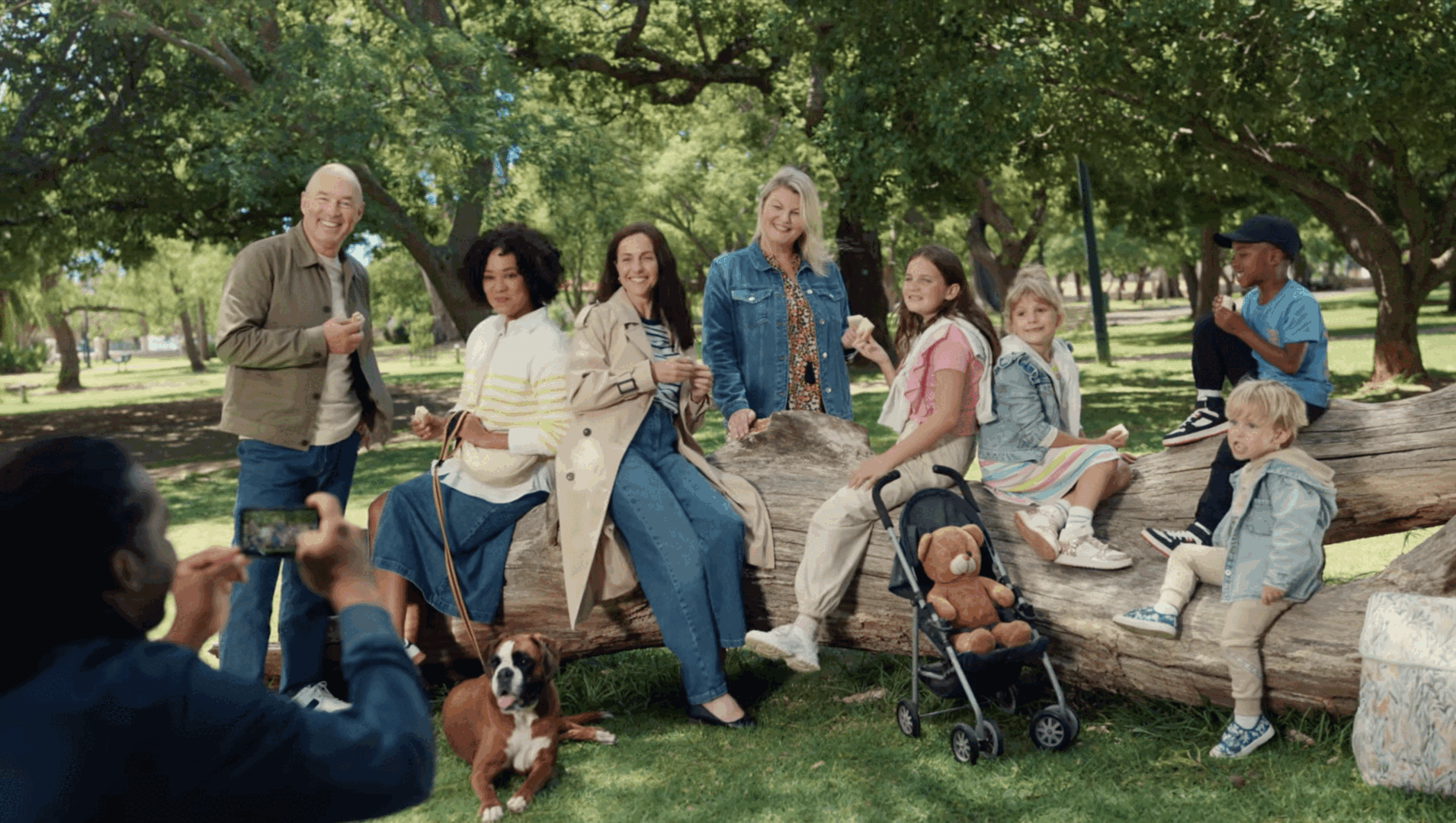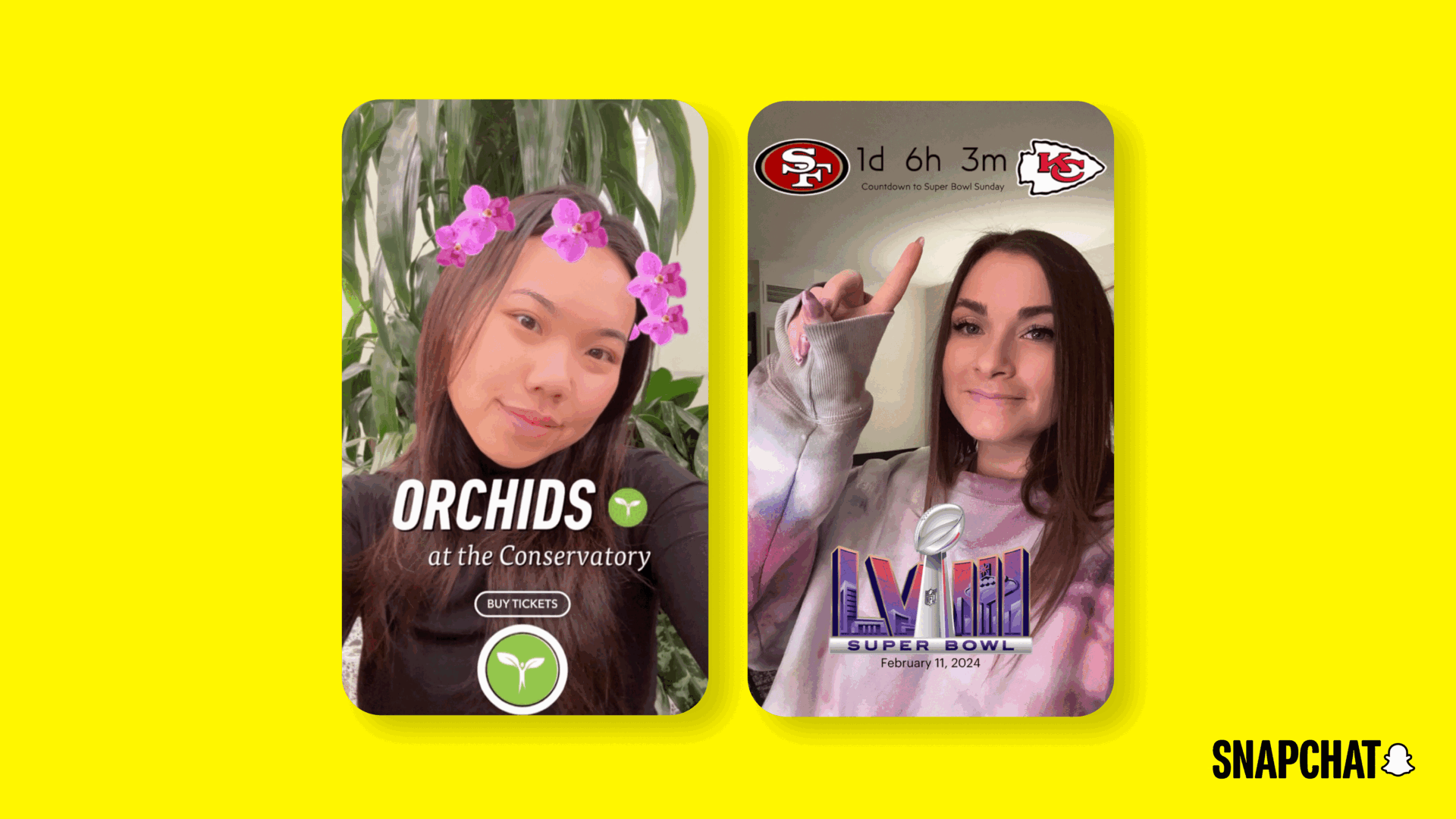Most of the UK is still lacking full 4G coverage
- Friday, August 9th, 2019
- Share this article:
 As the UK’s biggest mobile network operators begin to rollout their 5G services, they seem to have failed to address the network coverage issues of its predecessor. Analysis from Which? has found that 80 per cent of UK constituency areas suffer from patchy 4G mobile coverage.
As the UK’s biggest mobile network operators begin to rollout their 5G services, they seem to have failed to address the network coverage issues of its predecessor. Analysis from Which? has found that 80 per cent of UK constituency areas suffer from patchy 4G mobile coverage.
Many areas within large towns and cities including Sheffield, Essex, Brighton, Cardiff, Milton Keynes, and Leeds were found to be among areas that did not receive mobile signal from all four major providers. Overall, rural Scotland and Wales have the lowest levels of mobile coverage.
As it stands, 67 per cent of the UK has 4G coverage from all four operators, while eight per cent has no 4G coverage at all.
The worst town-based constituencies – all of which have less than 60 per cent 4G coverage – were found to be Clwyd West in Wales, Barrow and Furness in Cumbria, Ribble Valley in Lancashire, and Scarborough and Whitby in North Yorkshire.
Only three constituencies in Scotland – Aberdeen North, Glasgow North West and Glasgow South West – have complete 4G coverage from all four operators. In Wales, only Central Cardiff has 100 per cent 4G coverage, while Northern Ireland has no constituencies with 4G coverage from all four providers. The largest home nation, England, has 4G coverage from all four operators in 23 per cent of constituencies.
“While theres a great deal of excitement over the launch of 5G, its important that providers dont lose focus on improving 4G coverage. It will be some time before 5G devices are widespread, so for now 4G offers the best mobile internet experience for most people. But even if you cannot get 4G currently, its possible that a 3G signal will still be available. While much slower, its still fast enough for web browsing and is supported by all smartphones,” said Alex Tofts, broadband expert at Broadband Genie.
“Smartphone customers frustrated by the lack of signal can vote with their wallets by switching to a network which can provide service. If one 4G provider is not available in your area, chances are another will be. All the major providers have coverage information or a checker on their website, or you can use the OpenSignal mobile app to view crowd-sourced coverage data. Use these resources to check which network offers the best signal in your location, then take advantage of the new switching process, which makes it easier to move networks by requesting a PAC code with just a text message.”
A separate Which? survey found 49 per cent of people experience patchy mobile phone signal at least once a month.
57 per cent of people that have experienced a lack of mobile coverage in the last three months said they experienced ‘significant impact’ as a result – for example, not being able to make or receive important phone calls messages. 23 per cent of these people said they felt stressed as a result.
The government has been in talks with mobile operators over the creation of a ‘Shared Rural Network’, which would bring the areas covered by 4G from all four operators up to 92 per cent. This is part of plans o extend 4G coverage to 95 per cent of the UK by 2022.
“Millions of people are finding it difficult to get a reliable mobile connection and risk missing out on digital services we increasingly rely on like online banking, maps and NHS information – while some even struggle to receive important calls and messages,” said Caroline Normand, director of Advocacy at Which?.
“To tackle this unacceptable and widening digital divide, the government must act now to connect the UK with truly comprehensive mobile and broadband by swiftly putting in place a plan to give communities the infrastructure they need.”
















